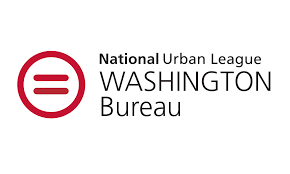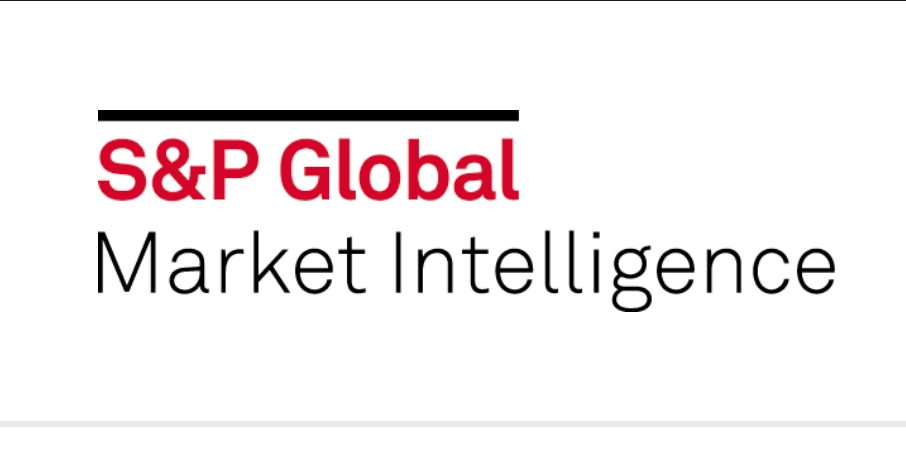The Event
Sociologists have described the socialization process as an ongoing endeavor of citizens adjusting to traditional and new social norms with usually consistent behaviors or expected beginning and end dates. There are four seasons in a year; a season to enjoy baseball, basketball, hockey, and football, and a holiday season that begins with Thanksgiving and ends with a brand-new year. Each of these seasons shares definitive start and end dates. These periods establish a sense of predictability, control, and manage expectations in the minds of citizens.
Since the spring of 2020, we have learned that COVID-19 does not limit itself to a season or period of time.
March 11, 2020, will be recognized by historians as an inflection point in this nation's history. Worried citizens around the world watched as norms and traditions transformed and were declared dangerous. Dr. Tedros Adhanom Ghebreyesus, Director-General of the World Health Organization, said he was "deeply concerned by the alarming levels of spread and severity of the outbreak," along with expressing concern about the "alarming levels of inaction."
Two days later, former President Trump declared COVID-19 a national emergency.
After sounding the alarm, former President Trump used his bully pulpit to advance racist stereotypes in describing who gets sick and how. His words perpetuated confusion and distrust.
As he promoted falsehoods, medical quackery, and bickered with federal agencies on a strategy to halt the disease's spread, he allowed states to implement their own COVID-19 strategies. This political malfeasance resulted in thousands of infections and deaths that could have been avoided. By the time former President Trump left office, 412,892 Americans had died from COVID-19. A larger number than the individual populations of New Orleans, Cleveland, and Tampa.
Urban League Affiliates --- A Portrait of Service to People and the Community
COVID-19 has had (and continues to have) a disproportionate impact on African Americans and communities of color. Thus, we must evaluate how the pandemic exposed systemic racial and economic inequalities.
At its core, the Urban League Movement is mission-guided to "enable and empower African Americans and others in underserved communities to achieve their highest human potential and secure economic self-reliance, parity, power, and civil rights."
In the aftermath of the pandemic-induced shutdown, Urban League affiliates swiftly transitioned to working remotely and responding to requests from their local communities.
Due to the shutdown forcing local service providers to curtail their activities, Urban League affiliates assisted 419,283 clients with:
- Rental assistance
- Childcare services
- Access to Wi-Fi
- Access to computers
- Homeschooling
- Counseling services
- Groceries
- Utilities
- Clothing
- Car payments
- Bereavement assistance
An analysis of data from public opinion surveys and research institutions reveals how the pandemic elevated entrenched disparities in already fragile social and economic groups. COVID-19 had a multiplier effect on financially stressed African Americans and families of color because many lacked the financial and social capital to absorb the prolonged economic turbulence caused by the virus.
Urban League affiliates were critical in implementing a community-human asset approach to alleviate some of the economic and social stress residents were experiencing. Programs and services provided by the local affiliates helped residents rebuild their social capacity by delivering health and education services, access to computers, and rental and mortgage assistance.
The statistics below provide a snapshot of how the pandemic impacted African Americans:
- 41% of African American-owned businesses closed.
- 31% of the African American respondents reported being unable to pay for basic necessities, such as food, utilities, and rent, compared to 10% of white respondents.
- 38% of the African American respondents depleted their savings compared to 16% of white respondents.
- 39% of the African American respondents reported feelings of stress, anxiety, or sadness since COVID-19 began, compared to 29% of white respondents.
- 62% of African Americans reported that they could not stop worrying since the emergence of COVID-19.
These poll results represent more than a statistical assessment of a demographic group. They represent the real-life experiences of African American families and the impact of the absence of a financial cushion to absorb any economic disruptions or emergencies. This fragile economic status stalls present-day economic stability denies future intergenerational wealth. Moreover, it contributes to the collateral and emotional damage that has wreaked havoc on African Americans' physical and mental health.
The data also facilitates an insightful analysis of the social-ecological model in urban psychology, which stresses that the development of the total person is influenced by the conditions and circumstances in which a person lives. Socially stable and progressive communities have organizations accessible to all citizens to provide essential social and economic assistance.
Services provided by the Urban League affiliates addressed residents' specific personal, economic, and social needs. They helped them navigate the recovery process from the pandemic in both the short and long term.
Affiliates also benefitted from the Paycheck Protection Program (PPP), a federal aid program that helped certain businesses, nonprofit organizations, and self-employed workers rehire and continue paying their employees.
Seventy-two affiliates received $20 million in loans during the first and second disbursements from the PPP program to assist residents with resources and services.
We Are Still in the Beginning Stages
As we enter year two of trying to neutralize the pandemic, the Centers for Disease Control and Prevention and other health experts are readying citizens for the transition to living with the virus. As much as we may wish to eradicate COVID-19, it is imperative to manage the reality of this situation and acknowledge that there will be phases to the pandemic because COVID-19 has proven to be an unpredictable virus.
In the summer of 2021, President Biden declared, "America was finally emerging from the darkness of the pandemic." But unfortunately, his proclamation was short-lived. New scientific information revealed that vaccinated people could still transmit the virus three weeks later.
Hence, that is the challenge of stunting the spread of this virus. In addition, the virus's ability to create new variants narrows the possibility that we will be completely free of this disease.
As societies undergo some variation of the following five stages of a pandemic, Urban League affiliates must be prepared to respond to the challenges they will have to overcome at each stage of the pandemic to serve their constituents:
Stage 1: The Event
The virus makes its initial appearance, and health care professionals report a rise in infections.
Citizens are informed, and health care providers brace for impact. We have experienced this phase and continue to live with it.
Stage 2: Social Impact and Interruption
The virus's impact forces political, social, and economic institutions to take unprecedented actions to reduce infections and their spread. Shutdown and stay-at-home orders are issued, and our everyday routines and face-to-face interactions are significantly curtailed. We are still living with various restrictions from this phase.
Stage 3: Managing the Spread of the Virus
The virus is present, but its level of interruption has become an accepted part of our society and routine. This phase is also called an endemic phase because citizens are available and taken by vaccines and other treatments. This reduces the number of hospitalizations and severe infections, but the threat of new variants remains. We are also experiencing this phase.
Stage 4: Deceleration
The virus is still present, but we begin to interact more, remembering to mask up and be cautious of our surroundings.
Medical providers may experience episodic fluctuations in infection rates, but more resources and treatments are available. As mentioned in Stage 3, the discovery of a new, more potent variant could lead us back to an accelerated spread of the virus and renewed social disruption. This is a trend we are now experiencing in some communities.
Stage 5: A Return to Pre-COVID-19 Society
To achieve a return to pre-COVID-19 society, the virus would have to be eradicated, an achievement only seen with the smallpox virus more than forty years ago. Then, we will likely have to adjust to living with the new normal: A society that has cycled through the five stages of a pandemic that, depending on the latest variant, will become unpredictable and erratic at times.
As we continue to wage this battle with COVID-19, it is vital that we retain a sense of optimism and a firm grasp of reality. The virus has presented overwhelming challenges for the institutions that are navigating it and their ability to respond to the growing needs of citizens.
This moment has presented the Urban League Movement with an unexpected opportunity to advance individual and community empowerment and innovation. Managing this virus will be a multi-year initiative. But, we have no doubt that the Urban League affiliates will continue their fierce pursuit of service and justice.



